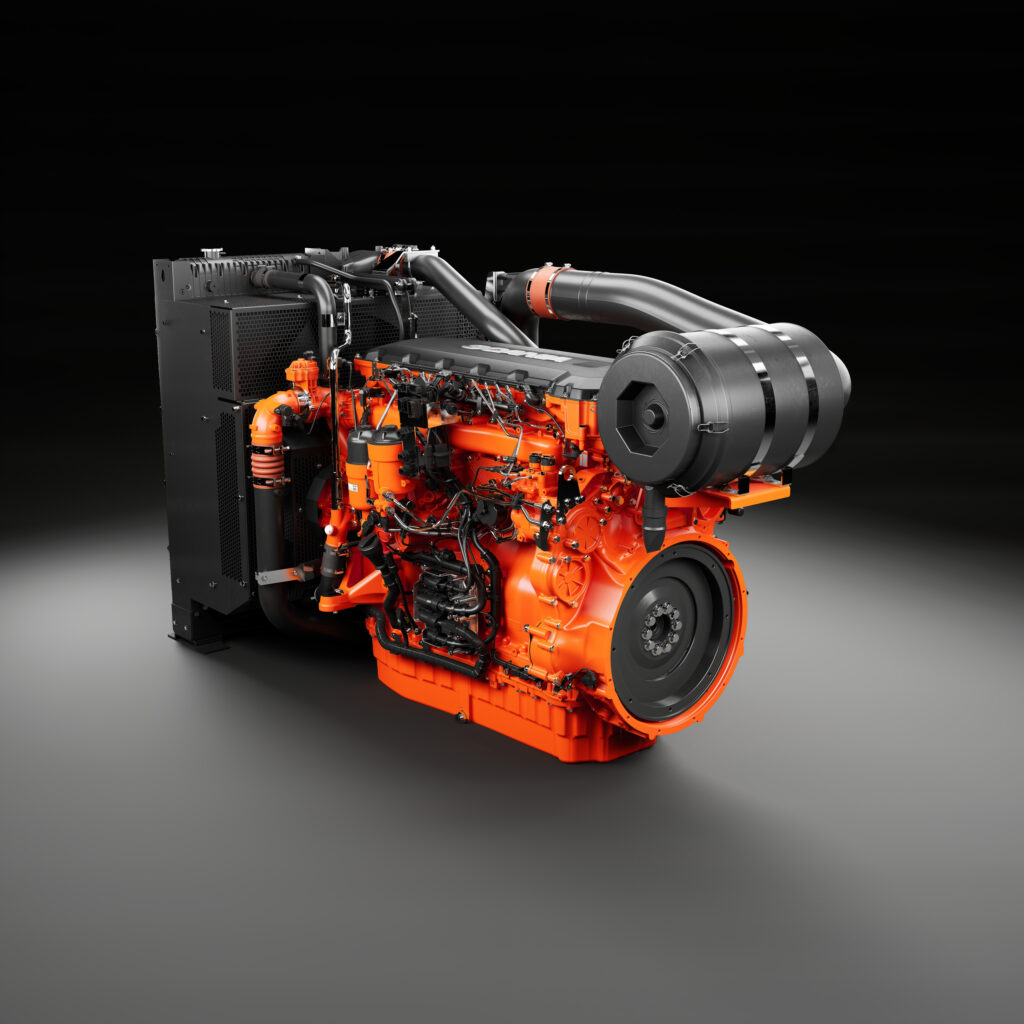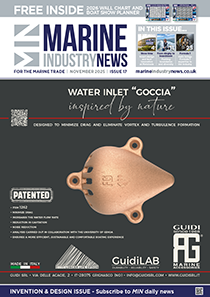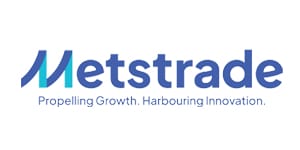Scania launches new inline engine platform
 Scania Power generation engine DW6 13-litre inline engine with cooling pack.
Scania Power generation engine DW6 13-litre inline engine with cooling pack.
Scania Power Solutions has launched its next generation of inline engines for industrial, heavy machinery and power generation applications.
The Swedish manufacturer says its new engine platform is more fuel efficient and powerful, has a significantly increased lifespan and a large reduction in CO2 emissions.
“This is our most fuel-efficient engine ever, with more torque, more power and up to 50 per cent longer base engine lifespan,” says Joel Granath, senior vice president and head of power solutions at Scania. “It’s a game-changer for Power Solutions.”
There are two new engines with varying power outputs. The six-cylinder, 13-litre engine ranges from 368kW to 450kW, which is said to deliver up to 11 per cent more power and up to 21 per cent more torque than the current generation engines. While the five-cylinder, 11-litre engine ranges from 202kW to 368kW.
Scania says the new engines start better from cold and enjoy longer service intervals and operating lifespans over the current generation. For example, the time between overhauls can be up to 25,000 hours.
Some of the other new design features include making the engines easier to service, more precise cooling, a more rigid engine block and cylinder head, and a more robust engine transmission with optimal gear strength.
Fuel efficiency is improved thanks to the enhanced gas exchange system, reduced internal friction and increased turbocharger efficiency. It also meets the latest legislative demands and is compatible with biodiesel and HVO.
This is said to create a seven per cent improvement in fuel consumption with the new 13-litre engine compared to the current generation. That equates to around four litres of diesel saved per hour at full load.
Henrik Nilsson, Scania’s director of product management, Power Solutions, says: “Our mindset throughout the development of the new platform has been to ease the transition for our customers while positively impacting fuel efficiency and product performance.”
Both engines go into serial production in 2024 for industrial, heavy equipment and power generation sets. Marine variants will join the line-up in the future.












